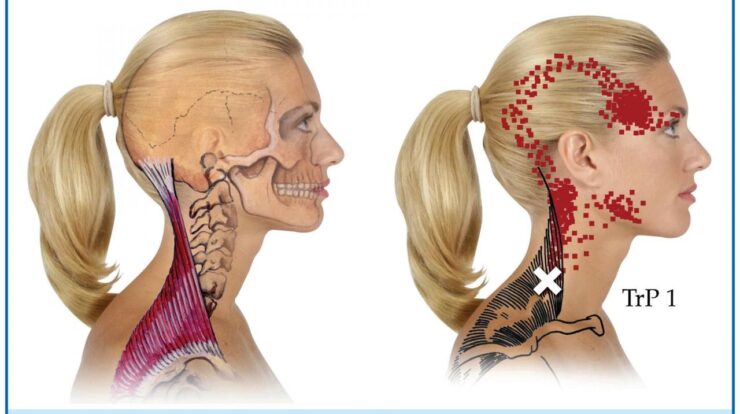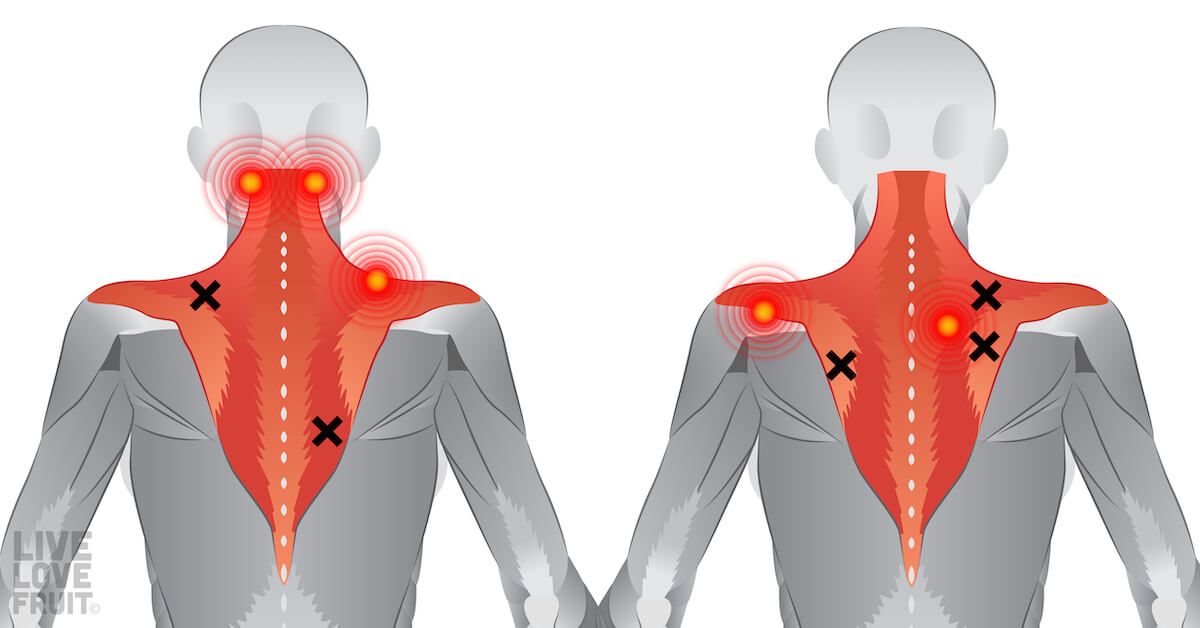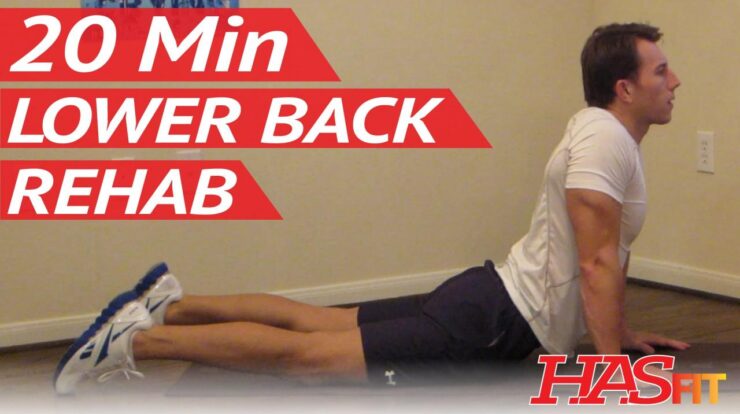
How can stiff and tight muscles result in back pain? – Understanding how stiff and tight muscles can result in back pain is crucial for maintaining spinal health. Muscle stiffness and tightness can impair mobility, flexibility, and spinal alignment, leading to discomfort and pain. This article explores the connection between stiff muscles and back pain, its impact on spinal structures, and effective treatment strategies.
Today, we celebrate the special bond between mothers and children around the world. In Vietnam, the traditional greeting of “Happy Mother’s Day” is expressed as “Chúc mừng ngày của Mẹ.” Across cultures, this day is a time to honor the love, sacrifice, and unwavering support that mothers provide.
Whether you are a first-time mom-to-be or a seasoned matriarch, this day is a reminder of the profound impact that mothers have on our lives. From the moment they bring us into the world to the countless ways they guide and inspire us throughout our journey, mothers deserve our love, gratitude, and celebration.
Even those expecting their first child should be celebrated on this special day.
How Can Stiff and Tight Muscles Result in Back Pain?

Stiff and tight muscles are common complaints that can significantly impact overall well-being and daily activities. While muscle stiffness and tightness can occur in various parts of the body, they are particularly prevalent in the back, often leading to discomfort and pain.
Understanding Stiff and Tight Muscles, How can stiff and tight muscles result in back pain?
Muscle stiffness and tightness refer to the reduced range of motion and flexibility in muscles, resulting in a feeling of tension and discomfort. Various factors can contribute to muscle stiffness and tightness, including prolonged inactivity, repetitive motions, or injuries. These factors can lead to changes in muscle structure and function, resulting in decreased elasticity and flexibility.
As we celebrate Mother’s Day, it’s important to remember that the journey of motherhood is not always easy. Many mothers face challenges and sacrifices along the way. If you know a mother who is struggling, take this opportunity to offer your support and encouragement.
Let her know that she is not alone and that there are people who care about her. In Vietnamese , a simple message of “Chúc mừng ngày của Mẹ” can bring a smile to her face and remind her that she is loved and appreciated.
Connection between Stiff and Tight Muscles and Back Pain
Stiff and tight muscles in the back can significantly contribute to back pain. These muscles can impair spinal mobility and flexibility, restricting movement and causing discomfort. Muscle imbalances and tension can also lead to back pain, as certain muscle groups become overworked while others become weak and underused.
To all the mothers, grandmothers, and mother figures in our lives, we extend our heartfelt wishes for a joyous and memorable Mother’s Day. May this day be filled with laughter, love, and appreciation for the extraordinary role that you play in our families and communities.
Happy Mother’s Day, sis ! We are eternally grateful for your unwavering love and support.
Additionally, muscle spasms and trigger points, which are localized areas of intense muscle contraction, can further exacerbate back pain.
For those who are celebrating Mother’s Day in a different language, here are some common greetings: “Frohe Muttertag” in German , “Feliz Día de la Madre” in Spanish, and “Bonne fête des mères” in French. No matter what language you speak, the message of love and gratitude is universal.
Impact on Spinal Structures
Stiff and tight muscles in the back can affect the spine’s alignment and posture. Muscle imbalances can lead to spinal misalignments, such as scoliosis or kyphosis, which can further contribute to back pain. Moreover, muscle stiffness can affect intervertebral discs, which provide cushioning between the vertebrae, and nerve roots, which transmit signals between the spinal cord and the rest of the body.
Assessment and Treatment Strategies
Assessing muscle stiffness and tightness related to back pain involves a physical examination and a review of symptoms. Treatment modalities for addressing stiff and tight muscles include stretching, massage, physical therapy, and pain management techniques. Individualized treatment plans are essential, considering the underlying causes and severity of muscle stiffness.
Last Word: How Can Stiff And Tight Muscles Result In Back Pain?

In conclusion, stiff and tight muscles can significantly contribute to back pain by impairing spinal mobility, causing muscle imbalances, and affecting spinal alignment. Addressing muscle stiffness through stretching, massage, physical therapy, and pain management can alleviate pain and improve overall spinal health.
Regular exercise, proper posture, and ergonomic practices can help prevent muscle stiffness and maintain a healthy back.
User Queries
What are the common causes of muscle stiffness and tightness?
Prolonged inactivity, repetitive motions, injuries, and poor posture can contribute to muscle stiffness and tightness.
How can stiff muscles affect spinal alignment?
Stiff muscles can pull the spine out of alignment, leading to conditions like scoliosis or kyphosis.
What are some effective treatments for stiff and tight muscles?
Stretching, massage, physical therapy, and pain management techniques can effectively address muscle stiffness and tightness.





